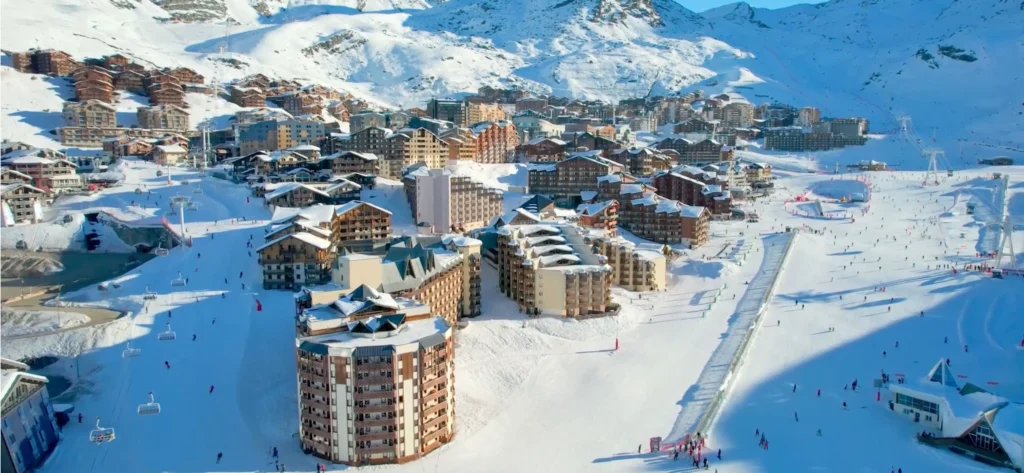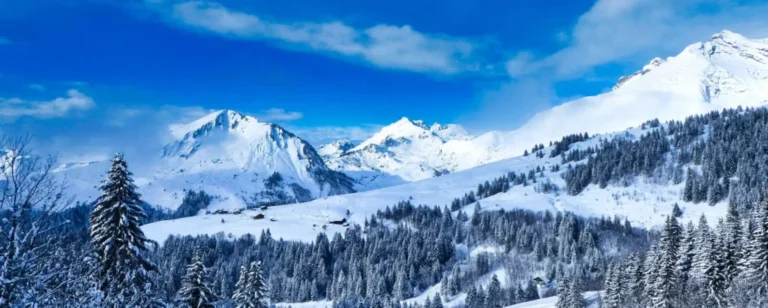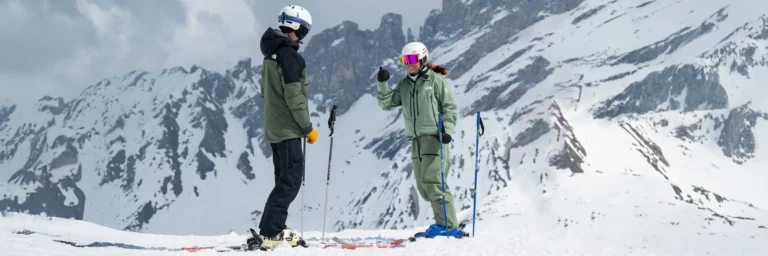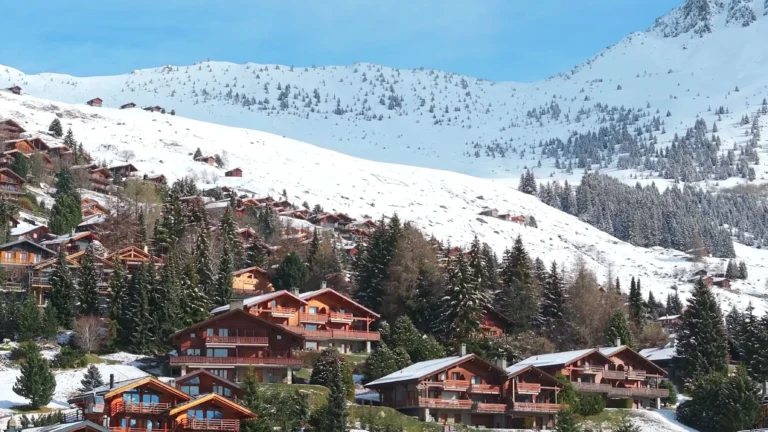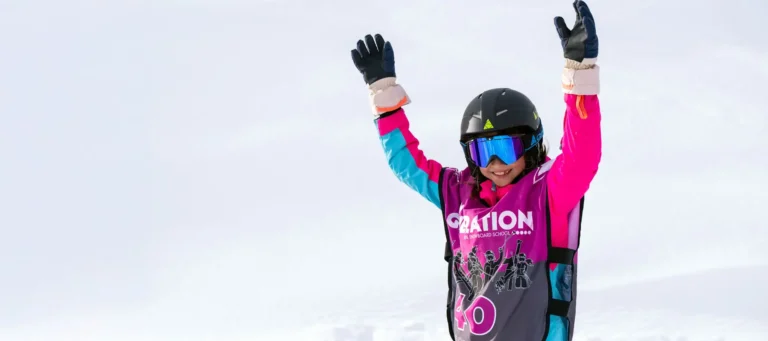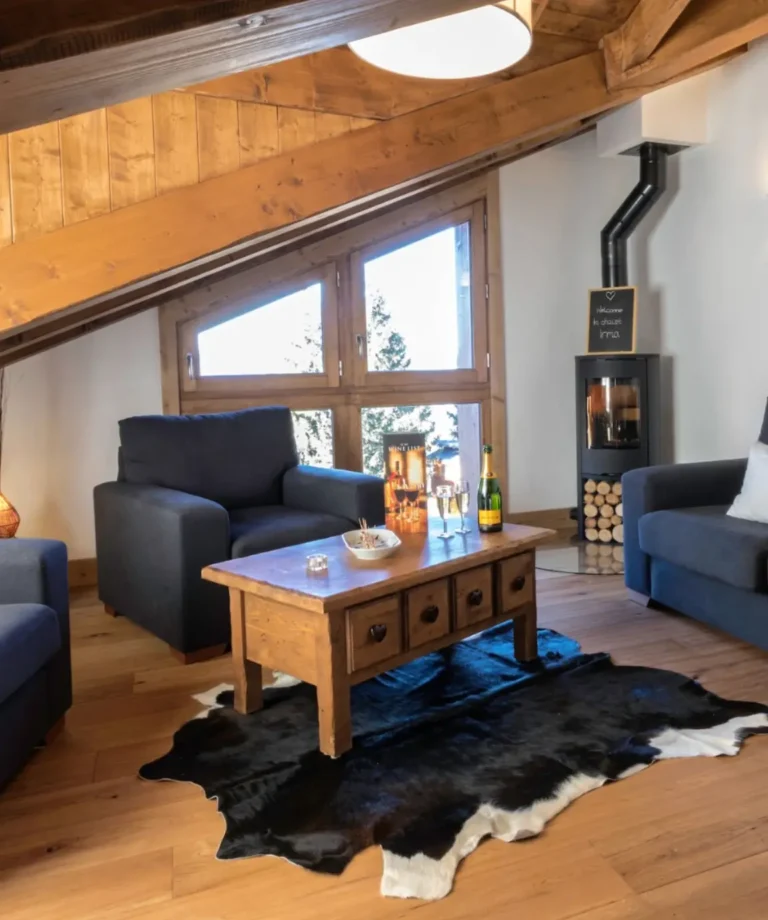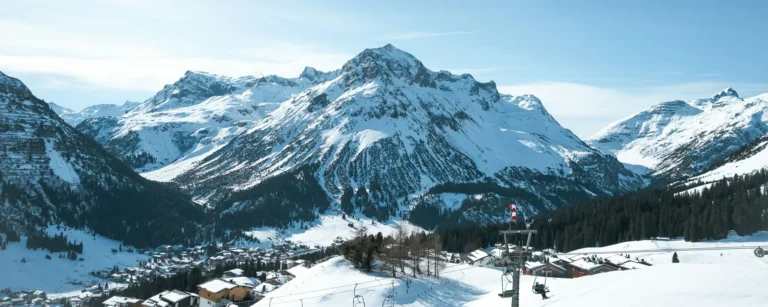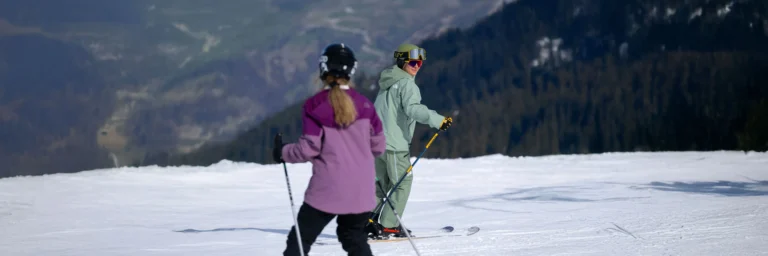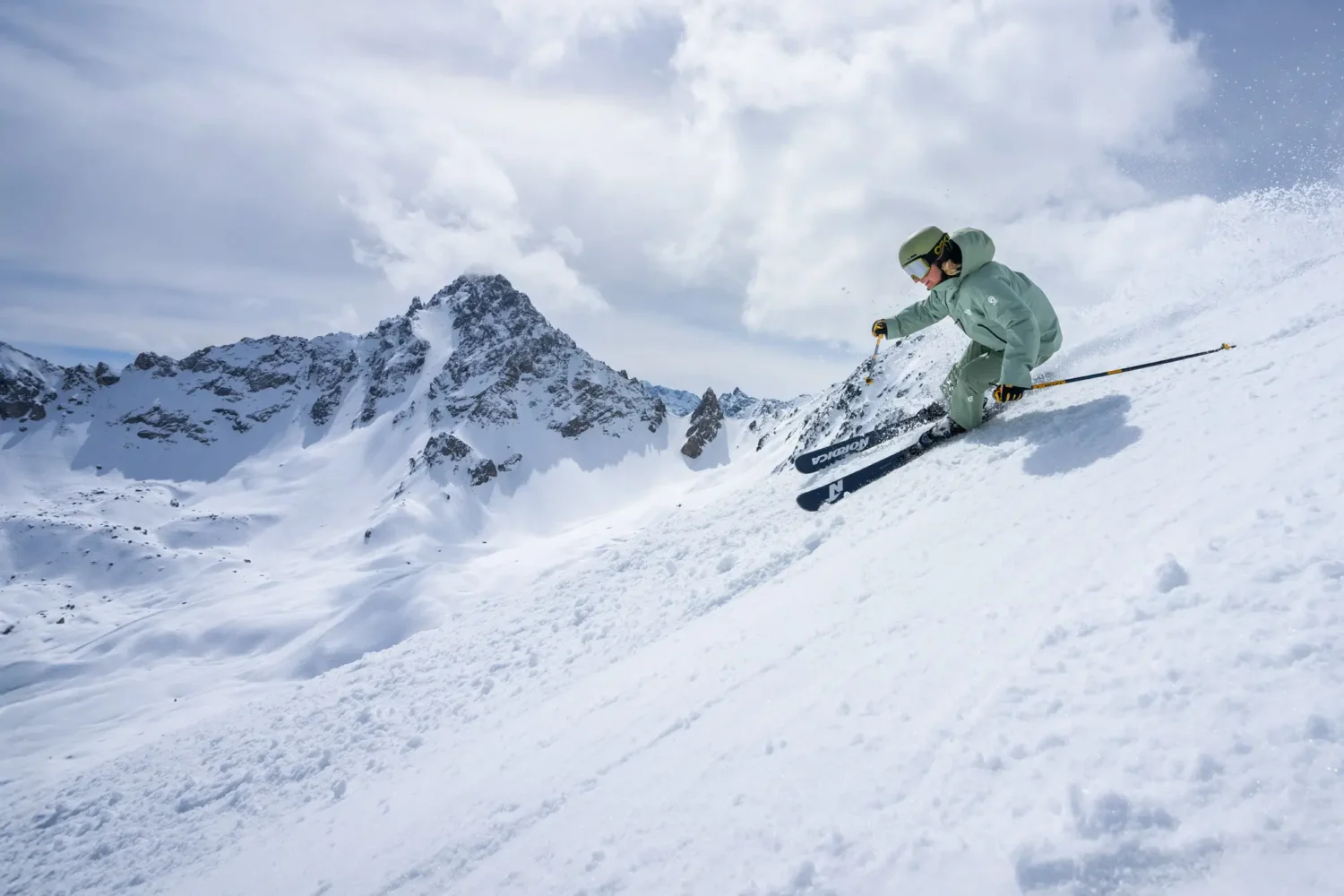Is Val Thorens good for beginners? Yes, and it can be made even better with a few shortcuts. This guide shows you exactly where to stay, where to learn, and which gentle areas to start on.
This will help you dodge long hikes in ski boots, buying the wrong lift pass, or panicking in a white-out. The goal? A drama-free, confidence-boosting first ski holiday.
Quick Answer: Who Val Thorens Suits
(and When It Doesn’t)
Val Thorens is a great choice for beginners. There’s guaranteed snow, gentle runs and a lively resort atmosphere. The key is smart planning. You’ll have a fantastic time if you stay near the beginner areas, book lessons, and don’t push too fast, too soon.
That said, VT’s high altitude means the weather can be changeable and visibility low sometimes, especially if it snows. Some beginner zones double as transit routes so that they can get busy. If you’re after quiet, tree-lined learning zones, VT might not be your first choice. But if you’re open to a little adventure, it offers everything you need.
Why Val Thorens Works for Beginners
One of the biggest reasons beginners love Val Thorens is the snow reliability. At 2,300m, it’s the highest ski resort in Europe, with one of the longest seasons—from late November to early May. Even in low-snow winters, VT usually has great snow cover.
The nursery slopes are central and well-equipped. Several of the magic carpets are free. These include Musaraigne and Campagnols right next to the village.
These make your first few slides easy and stress-free. Once ready, gentle green and blue runs connect differentparts of the resort. Letting you explore the resort without overcommitting to steep slopes.
Val Thorens has a modern, beginner-friendly lift system, making it much easier to learn to use your first chair lift.
When Val Thorens May Feel Tricky
Because it’s so high, Val Thorens doesn’t have any trees on its slopes. That means when the weather closes in, white-out conditions can make it hard to see where you’re going. It’s not dangerous if you stay in the marked beginner zones, but it can feel intimidating.
Some of the beginner areas are shared with returning skiers. You may find faster traffic zipping past now and then. The main nursery zones can feel crowded during peak weeks (like February half-term).
None of these are deal-breakers – but it helps to go in prepared. Book lessons, know your first-day plan, and take the correct goggles for low-light days.
Avoid These Classic First-Timer Mistakes in Val Thorens
1. Buying a full lift pass too early. You don’t need access to the entire 3 Valleys on day one. Instead, start with a free carpet pass. Then move to an EasyRider pass. This covers the beginner zones for half the price of a regular pass. You can always upgrade later in the week if you’re progressing quickly.
2. Starting on slopes that are too steep. Start on the flat nursery zones (Musaraigne, Campagnols). Then build up to longer greens like Traversée des 2 Lacs. You’ll enjoy the progress more if it’s steady and drama-free.
3. Skipping lessons. Learning from friends or winging it solo sounds fun. In reality, it often ends in frustration. A group or private lesson on day one helps you learn proper technique. You’ll be safer and build confidence faster. It also saves arguments!
4. Bringing the wrong kit. Helmet, ski layers, ski gloves, goggles, and well-fitting boots are essentials. Don’t overheat in big coats or suffer in the wrong-size ski boots.
Where Beginners Should Stay in Val Thorens
When you’re just starting, staying close to the nursery slopes makes all the difference. Find accommodation near Rond Point des Pistes or the Rue du Soleil area. These spots give you direct, easy access to the main learning zones on foot.
Some parts of the resort have ‘ski-in/ski-out accommodation’. This can be difficult to make the most of when you start. Some involve narrow runs or steeper paths.
If it’s too late and you’ve already booked further away, don’t panic, there are regular shuttle buses in Val Thorens. Much of the ‘ski-in/ski-out’ is far easier in Val Thorens than in other resorts. You might be able to use the ‘ski-in/ski-out’ by the end of your trip.
The Best Places to Learn and First Slopes to Try
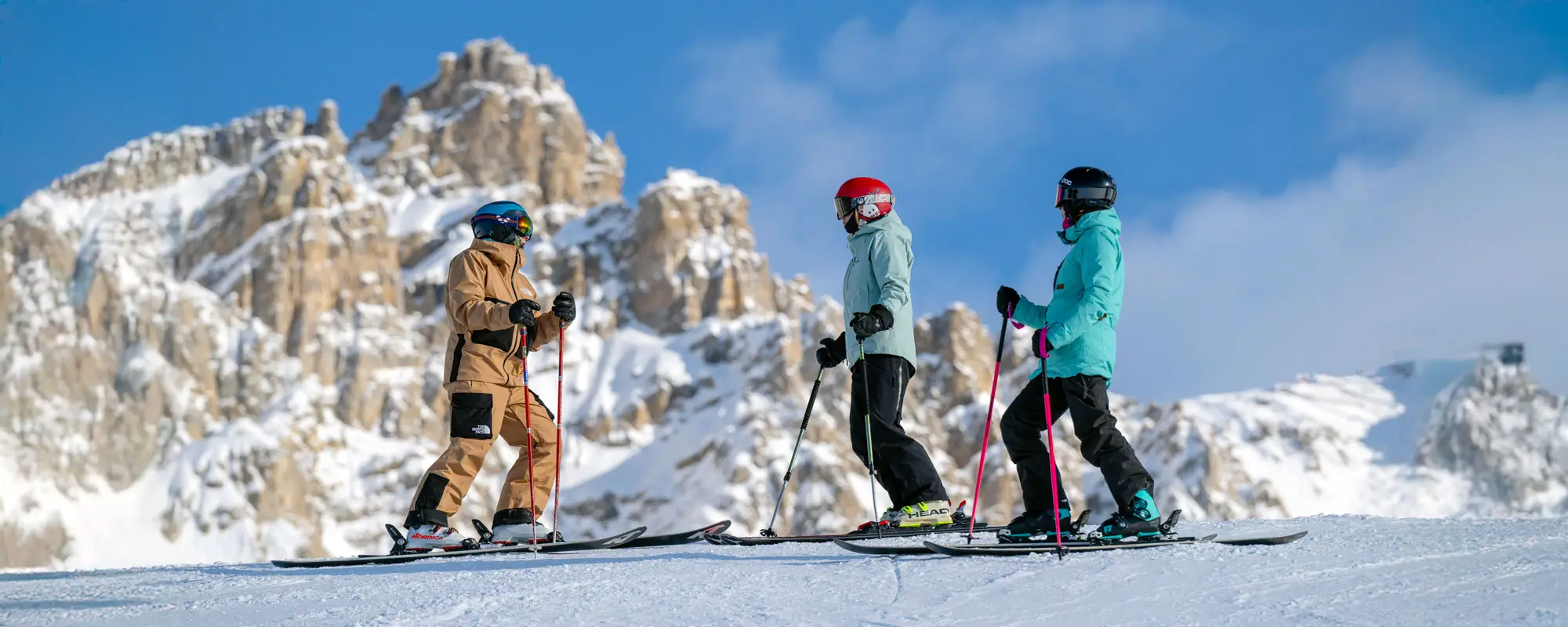
Your base as a beginner will likely be Rond Point des Pistes. It’s where most ski schools meet. The beginner area here has several free magic carpets (Musaraigne, Campagnols, Castor & Pollux). These are wide, gently sloped, and perfect for your first turns.
Once you’ve mastered the basics, you can move to green runs like Traversée des 2 Lacs. Next, you’ll be on to confidence-building blue runs like Dalles, Plein Sud, and Gentiane. These are still mellow, but longer and more open.
Ask your instructor about progression routes. They’ll guide you gradually so every new slope feels like a win.
Lessons That Make Day 1 Easy
If you decide to have lessons in Val Thorens, our team of friendly instructors can help. They’ll never make you do anything you don’t want to do.
The meeting point is right by the Musaraigne magic carpet, next to Restaurant Jasper. Just look for the team in North Face Jackets (or ///delude.hides.octopus if you’re using What3Words).
If you’re sociable and want to meet others, go for adult group lessons. Try a private lesson if you’d prefer one-to-one coaching or more flexibility. Either way, you’ll feel supported from the very first run.
Lift Pass and Kit: What Beginners Actually Need
On Day 1, you may not need a pass if you’re sticking to the free carpets. When you’re ready to explore more, grab an EasyRider beginner pass. This gives you access to selected lifts (like Cascades and 2 Lacs). It’s simpler, cheaper than the full-area pass, and perfect for first-timers.
Only upgrade when confidently skiing blue runs or heading into the wider 3 Valleys.
Poorly fitted boots can ruin your week. Don’t be afraid to ask the rental shop to look at them if they’re very uncomfortable.
We also find that goggles are far superior to sunglasses. This is especially true if it’s cloudy or snowy (which it often is up high).
Your First 48 Hours in Val Thorens (Step-by-Step Plan)
Day 1 (Arrival – PM) Settle in, collect your rental gear, and take a short walk to see the slopes (in shoes, not ski boots!). Get your bearings and rest up. No need to rush onto the snow.
Day 2 (AM) Join your first ski lesson. You’ll likely start on the magic carpets and progress to gentle greens.
Day 2 (PM) Use your new skills to practice on the same beginner areas. You can also try your first gentle blue if your instructor says you’re ready. Focus on control, not speed.
FAQs
Is Val Thorens too high for beginners? Not at all – but the high altitude can affect visibility and cause fatigue early in the week. Drink plenty of water and take breaks.
Where’s the best area to stay for easy access? Look for Rue du Soleil or Rond Point des Pistes – both are low, central, and close to the nursery zones.
Do I need a full 3 Valleys lift pass? No. Start with an EasyRider pass. Upgrade later if you’re flying around by Day 3 or 4.
Group or private lessons for first-timers? Group if you like learning with others and saving money. Private if you want 1:1 attention or to go at your own pace.
Best time of year for beginners in VT? January and March are quieter, with good snow. February half-term and Christmas can be very busy.
